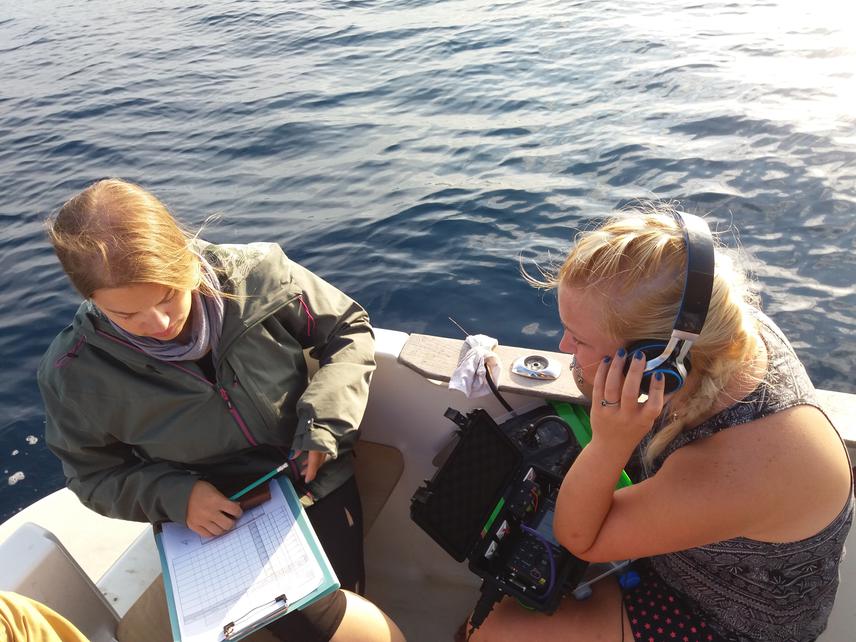Natasa Nikpaljevic
Other projects
30 Mar 2017
Integrating Scientific Research with Community Education for Cetacean Conservation and Population Statues in Montenegro
17 Sep 2021
Turning Paper Results into Conservation Outputs for Marine Top Predator Protection in Montenegro
Adriatic Sea identified as cetacean hotspot, yet the population’s declines are reaching up to 50% due to the anthropogenic practices. Montenegro is not only a high tourism destination but also under the recent demand of seismic explorations by the oil and gas industry as the same waters hold the deepest and one of the most vulnerable waters of the entire Adriatic. Therefore, constant monitoring plays a key role even more than before to minimize negative consequences on the habitat and species. The proposed project aims to understand the dimension of negative pressure and propose regulation measures for tourism, fishery and oil companies and propose MPAs, as this will be the only effective tool to protect the vulnerable coastal and pelagic habitats that's under wide range of human pressure.

Hyrdophone. ©Emilia Heiskanen.
Adriatic Sea is home to five cetacean species, classified at risk by IUCN; bottlenose, striped and Risso’s dolphins, Cuvier’s beaked whales and fin whales. Our studies since 2016, underlined the presence of resident bottlenose and striped dolphins in Montenegro. Further, the deepest region of the entire Adriatic, holds the highest biodiversity that is under the pressure of seismic explorations currently. The origin of the project is to expand upon the data we have already acquired to the vulnerable deep waters to cover the data deficient species such as beaked whales and Risso's dolphins, and to explore possible common dolphin presence that were classified extinct.
The project focuses on the territorial waters of Montenegro. In comparison with the rest of the Adriatic, this offshore area reaches a maximum depth of 1200m, is characterised by its steep slopes, increased salinity and rich biodiversity. The continental shelf of Montenegro covers around 44% of the total offshore area, while the bathymetric belt covers around 34%.
Montenegro is a partner country of ACCOBAMS, Barcelona and Bern Convention however data on cetacean populations or the state of their habitat is still scarce.
‘Montenegro Dolphin Research’ was the first and continues to be the only annual cetacean monitoring project in Montenegro. By combining dedicated research effort with stakeholder engagement, not only will our understanding of cetacean population considerably enhanced, but also our ability to turn this knowledge into a subsequent management plan.
Here below are the significant conservation outputs to be expected:
• Regional population status updates of species and understanding of annual and seasonal encounter rates and residency patterns
• Delineating annual and seasonal critical habitats
• Developing and sharing a photo ID catalogue
• Evaluating the main threats on the species and Adriatic Pitch
• Increasing the awareness of the cetacean species among locals
• Capacity building through working closely with Montenegrin students
• Including the fishing community and oil-gas exploration companies as stakeholders in the project to stimulate involvement and engagement with marine conservation issues.
• Launching an online cetacean sighting and stranding network to support the active involvement of local communities and to encourage their enthusiasm and curiosity.